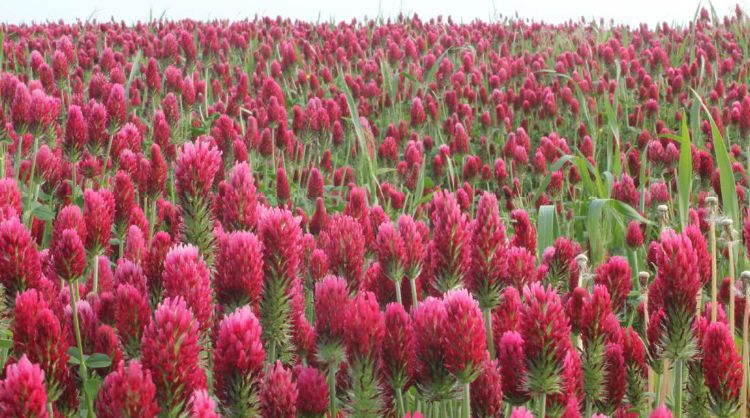Using cover crops in the home garden
Integrating cover crops in home gardens is a good way to build soil and to get a jump start on next year's garden fertility needs.

There are definite benefits in including cover crops in your garden. Cover crops can help meet some of your soil and plant nutrient needs, improve water infiltration, reduce soil erosion and reduce weed pressure and soil crusting. The challenge for many home gardeners is to determine what cover crop they should use.
Plants that are used as cover crops have many good qualities, but they also have the potential to become weed pests if not managed correctly. With that in mind, think about how much time and money you want to invest in managing your cover crop. Here are three questions that you need to ask yourself before you choose a cover crop:
- What benefits do I want the cover crop to give me?
- Do I want the cover crop to winter kill?
- When can I plant the cover crop?
There are many different cover crop options, however a good rule of thumb for gardeners is to keep it simple. As previously mentioned, management is the key to a successful cover crop program. A single species or a two-to-three-species mix is the simplest choice. If you want to plant a mix, consider choosing plants from different families, such as grass, legumes and brassicas. The following chart highlights some of the common cover crop choices and some management considerations for gardeners in Michigan.
|
Family |
Planting Consideration |
||
|
Grass |
No |
Can plant into mid-October. Terminate in the spring before seed heads are produced by tillage or herbicide application. |
|
|
Grass |
Yes |
Plant by the end of August. |
|
|
Legume |
No |
If planted in the spring, this cover crop can be used as a living mulch between garden rows. This species should be planted by mid- August. Terminate in the spring with herbicide application or tillage. |
|
|
Legume |
Yes |
Plant early to mid-August |
|
|
Brassica |
Yes |
Plant early to mid-August. |



 Print
Print Email
Email



